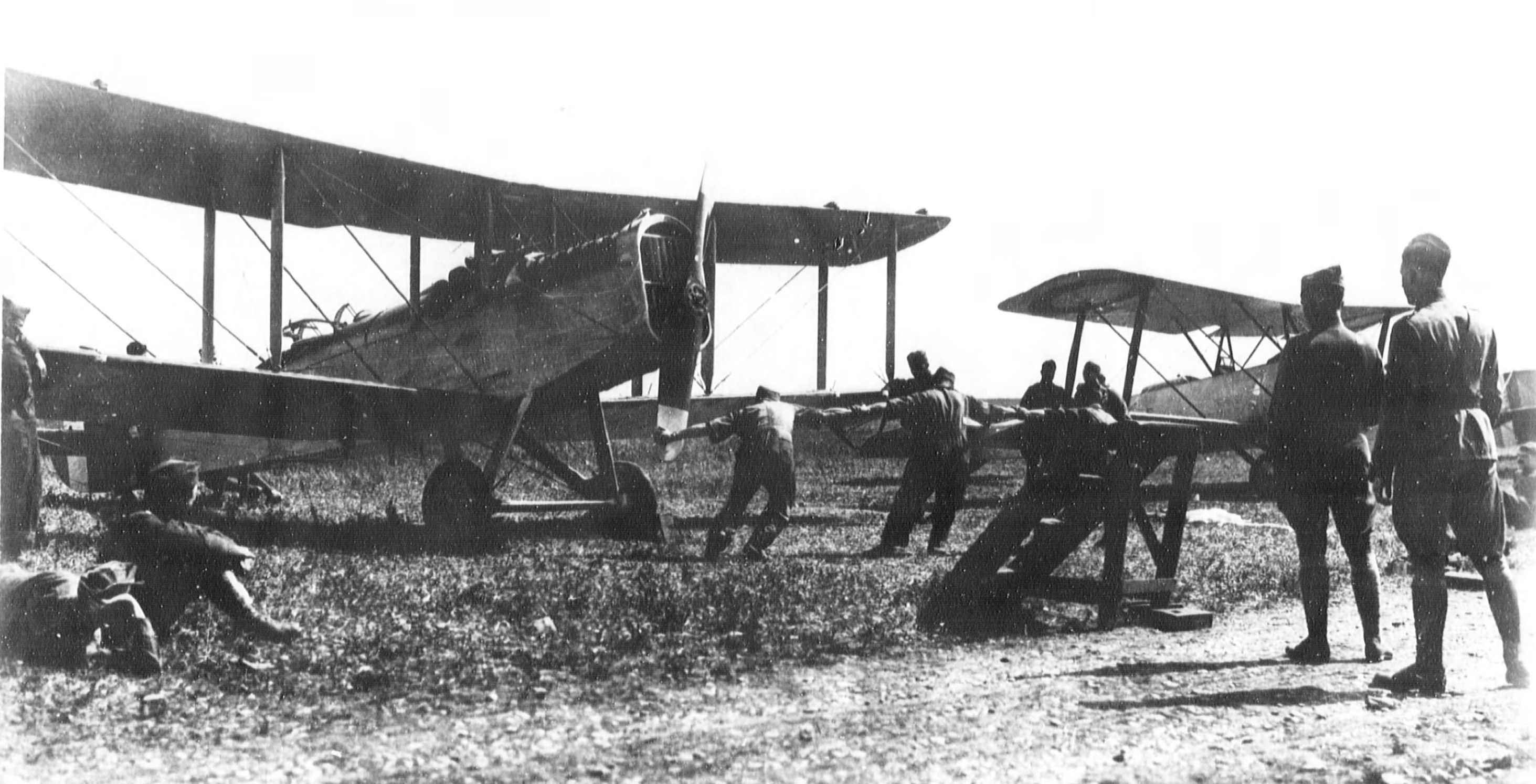In my experience...
Dead battery and you don't want to leave the airplane sitting in the middle of a ramp all night. As noted, if the battery is totally flat, it won't kick in the master relay and you won't charge the battery - but a generator will kick out the juice just fine so, a bit of wire to jump the master and a charging you will go. Or, just deal with it in the morning. Snow big deal.
Battery low but not 100% flat - couple flips and you are good for a ride. Or, you could **** around for an hour or two trying to track down a charger somewhere on the airport, then pay a "call in" fee to get a line boy to drive out who then spends an hour not finding the charger in the shop, who then calls the A&P who charges you to drive out, and by then, you are three hours and more than a few dollars into this and the airplane still has not moved. (This assumes that the airport even has an FBO...)
Or,just for the fun of it. Like when some "expert" is telling you that it is impossible to hand prop a Rotax. (It ain't even hard.)

